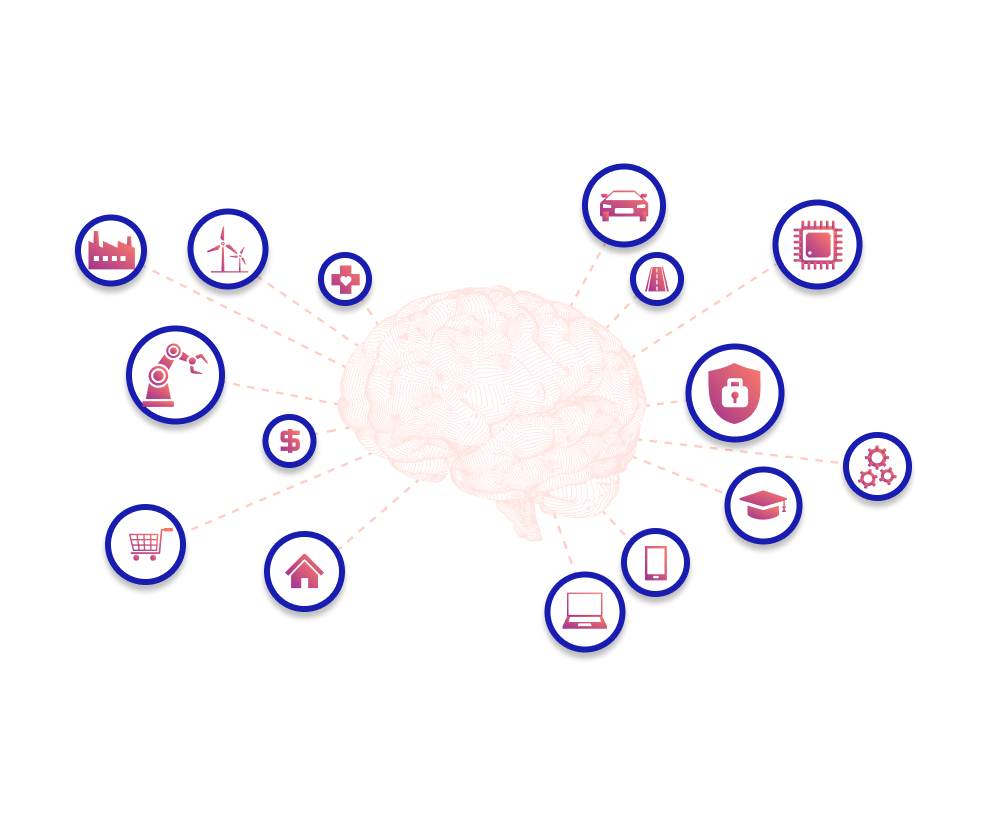How Does iPaaS Work?
Integration Platform as a Service is a single, centralized tool that unifies the integration of applications used within a company and automates data flow between them. With an enterprise integration platform, IT and development teams are able to connect applications and standardize data flows for reliable and real-time data delivery to multiple applications at the same time.
Connect SaaS and On-Premise Applications
Connecting cloud and on-premises applications through iPaaS enables organizations to streamline their data flows. While iPaaS functionality is primarily focused on the cloud, there are many reasons why some software and iPaaS deployments need to be on-premises. With distributed run-time, integrations can be deployed in the cloud, on-premises, at the edge to address customer-specific security, data sovereignty, and latency considerations.
A unified platform facilitates the integration of disparate systems, allowing businesses to easily connect their cloud-based applications such as customer relationship management (CRM) and enterprise resource planning (ERP) systems with on-premises legacy infrastructure to eliminate data silos.
Integrate and Master Data
Data is rarely valuable in just one application, and manual processes to transfer or report on data introduce the possibility of error. Enterprise integration platforms can synchronize data between records and reporting dashboards – reducing conflicts, questions, and errors.
Once the data is integrated, it can be transformed into APIs (Application Programming Interfaces) using Boomi. APIs act like bridges, allowing different software applications to communicate and share data with each other. By turning integrated data into APIs, organizations can unlock new capabilities, such as enabling third-party developers to build applications that leverage their data. This not only enhances business efficiency but also opens up opportunities for API-led innovation and new services, making it easier for companies to meet their customers’ needs.
Centrally Manage APIs
By centralizing management, an API control plane helps reduce IT workloads. Instead of having to configure and monitor each API individually, IT staff can use the control plane to oversee all APIs from one place. This not only streamlines operations but also makes it easier to deploy updates and manage access, allowing IT to focus on more strategic tasks instead of routine maintenance.
API management also enhances security by providing a standardized way to enforce security policies across all APIs. This ensures that only authorized users can access sensitive data, reducing the risk of data breaches. With an API control plane, organizations can more rapidly innovate and adapt to changing business needs, enabling them to create new services and improve customer experiences more efficiently.
Orchestrate Automations and Applications
Once data and applications have been integrated, iPaaS enables a composable approach to creating automated workflows and purpose-built applications. These automation tools can create reporting dashboards and functional apps that improve engagement internally, as well as with customers and vendor partners.
With a drag-and-drop composable interface, iPaaS can reduce the process of building custom applications from months to hours. IT teams are able to deliver internal value quickly, without having to allocate resources away from critical projects for an extended period.
Complete Enterprise Integration Platform
iPaaS can become a single point of API integration and data management for an organization, enabling IT teams to discover and manage API security compliance, execute data governance policies, and eliminate ‘shadow IT’ challenges.
The Essential Question List for iPaaS Buyers
Everything you need to ask to assess integration platform providers and select the right partner for your business needs.
iPaaS Features
Enterprise Integration
Integrate everything with Boomi Marketplace’s library of pre-built connectors and AI agents at your fingertips.
Data Orchestration
Connect your systems and databases to create custom apps and data flows in a low-code visual interface with reusable components.
Flexible Deployment
Built for multi-cloud and hybrid deployments, Boomi offers flexibility and scalability along with the security of on-premises deployment.
Real-time event data
Build, run, and manage event-driven integrations in the cloud for cost-effective, scalable performance.
API Control
Gain control over digital fragmentation and enforce security policies with API discovery and lifecycle management.
Simplify with AI
Take advantage of AI agents to help accomplish tasks faster: build integrations, document automations, and ask questions.
Get started with intelligent integration and automation
iPaaS Solutions
Low-Code API Management
Developer teams are able to centrally manage the API lifecycle from one single location. With these tools, IT teams are able to use tools like Boomi Spaces and Boomi Bundles to build reusable API packages for business users. This way, technical users can build applications and reporting dashboards to suit their needs with a drag-and-drop user experience, reducing IT time spent in meetings and performing duplicate tasks.
B2B Integration
By connecting third-party vendor and customer applications for a 360-degree view of supply chain, vendor, and customer data, analysts are able to build and customize real-time data dashboards with pipelines delivering EDI, CRM, and ERP data in one place. With this data, manufacturers can successfully avert delays in production and effectively plan for the future.
Process Automation
In Enterprise business, automation goes beyond workflows. True efficiency comes from automating entire processes, reducing repetitive manual work and error rates. With the right tools, workflows can be combined into true process automation for functions like order processing. When an order is placed, warehouse, sales and shipping teams can be notified. As the shipping process is underway, inventory and ERP software can track when product and supplies are needed for restock, along with sending progress updates to customers.
Audit & Compliance with ETL
Compliance and audit teams leverage ETL (Extract, Transform, Load) processes within Boomi to ensure that organizational data adheres to regulatory standards and internal policies. ETL processes can be designed to ensure data from various departments is collated, transformed, and loaded into a secure repository with a change history for compliance audits and reporting.
What are the Benefits of iPaaS?
With iPaaS, organizations are able to handle three of the biggest challenges facing businesses right now, and focus on building strategies to succeed - not focus on overcoming data and integration obstacles.
Make data accessible
Simplify integration and automation tools so that more teams are empowered to take control over their data and applications. Democratization improves project outcomes while reducing IT workloads.
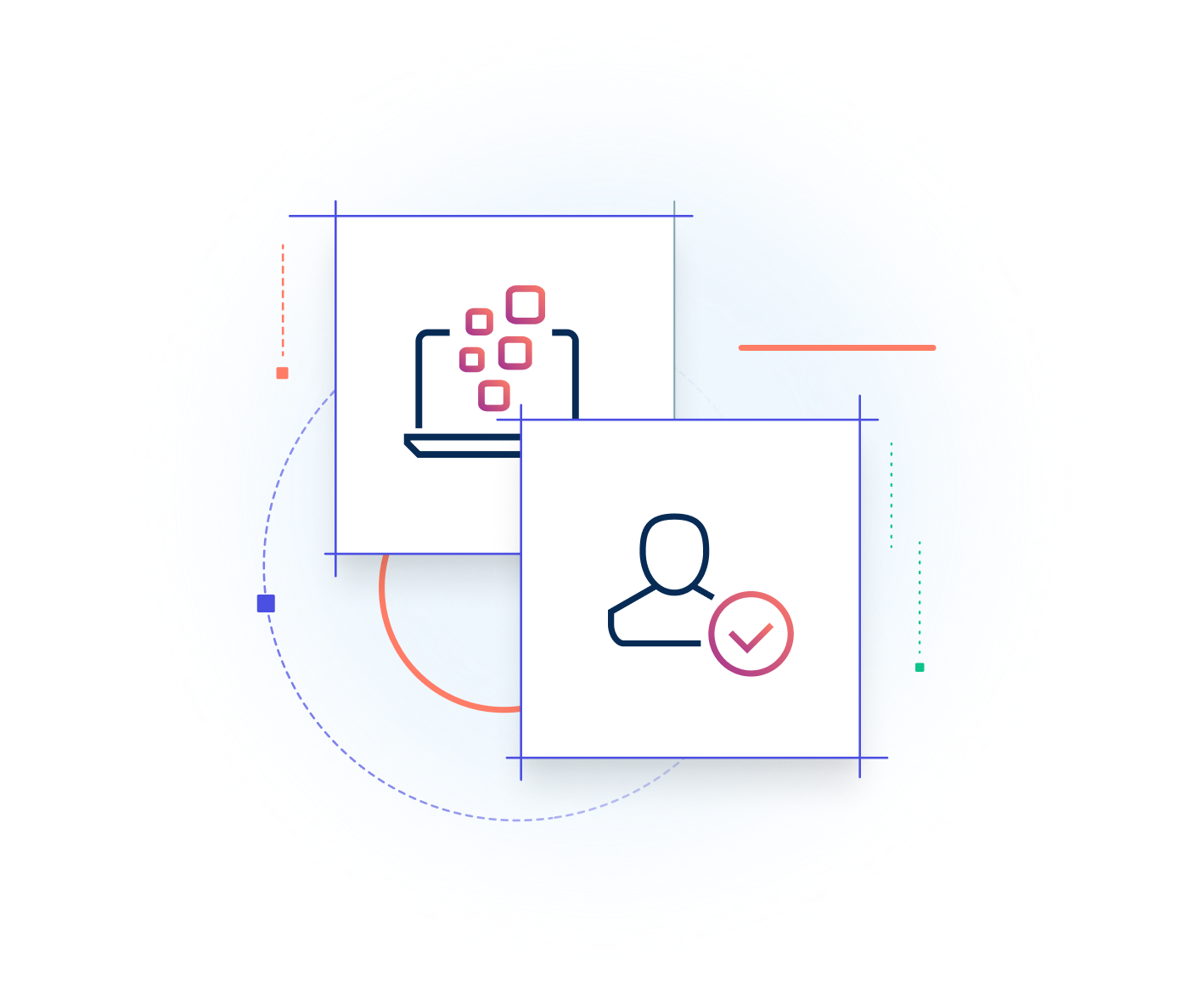
Centralize integration management
By connecting critical business applications to iPaaS, businesses have a single interface for managing integrations, giving IT and leaders better visibility and control over their data flows and integration processes.
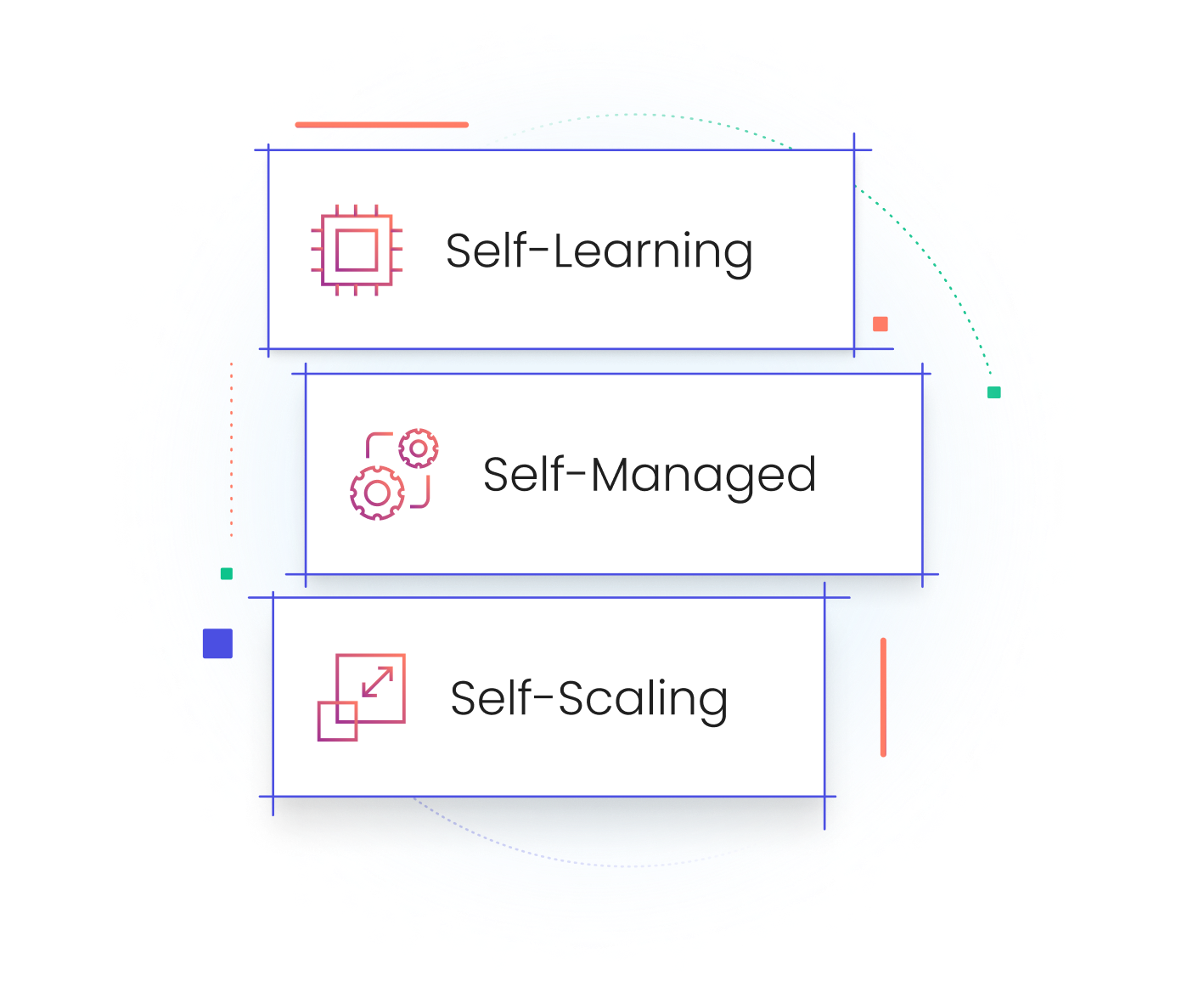
Improve productivity with AI
With synchronized data and tools like AI agents, iPaaS can enable AI to provide powerful internal and external-facing tools like customer chat assistants, data discovery tools, and process documentation support.
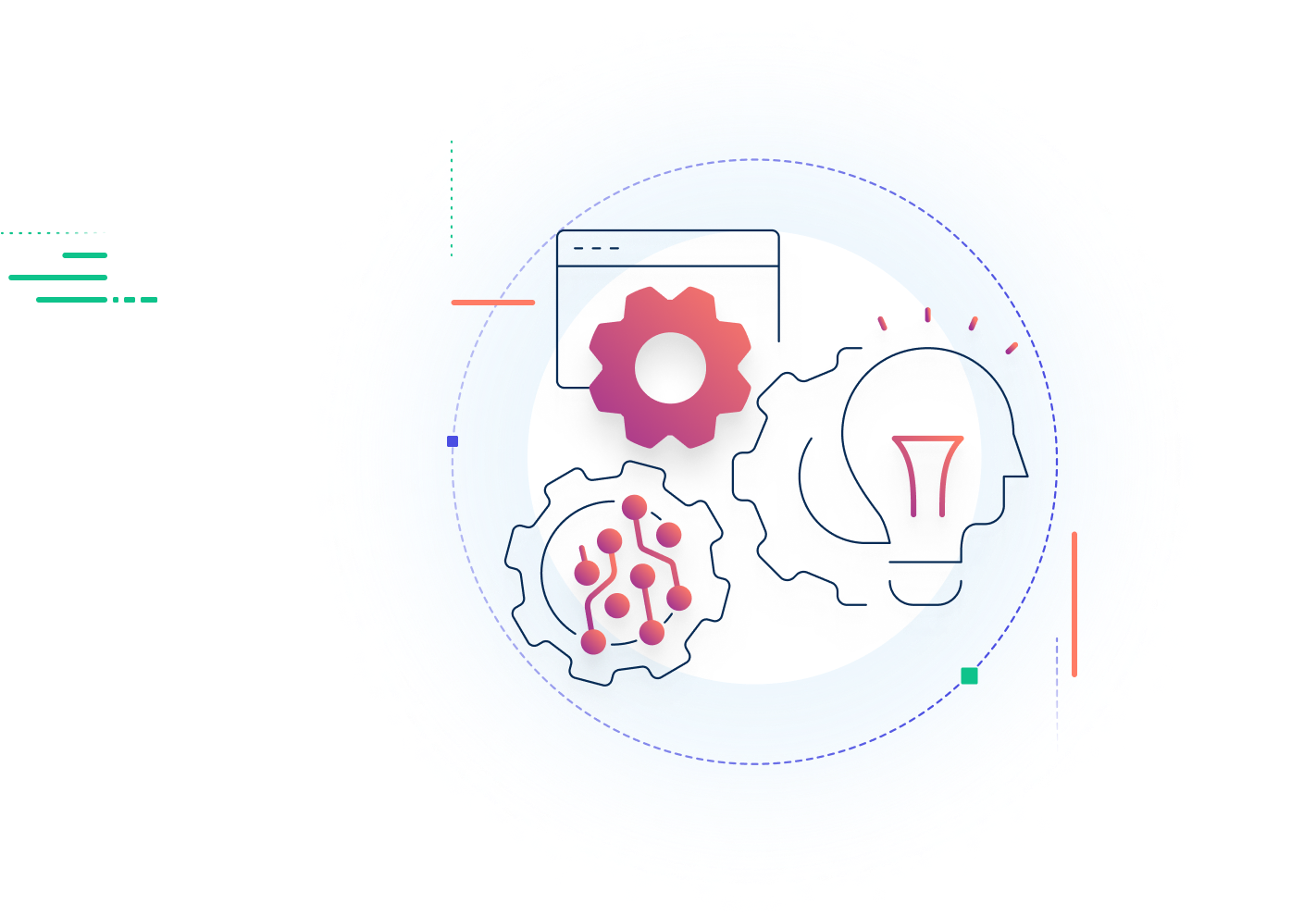
Build custom apps and reports, faster
Build and reuse components to streamline development processes and create consistent experiences. With features like Bundles and Spaces, developers can build and share reusable packages of data and applications.
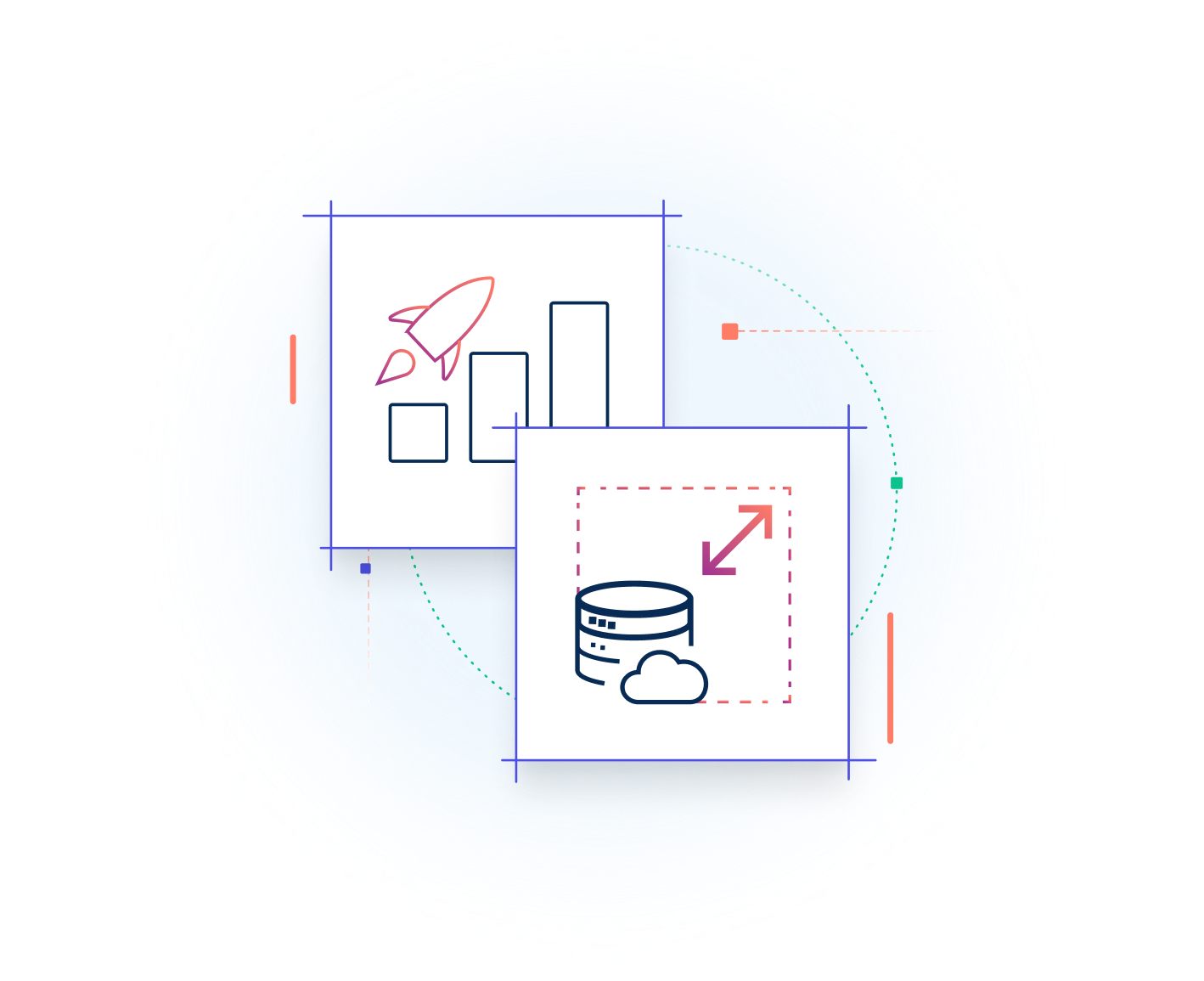
Why Choose Boomi's Enterprise Integration Platform?
The 2025 Gartner® Magic Quadrant for Integration Platform as a Service positioned Boomi as a Leader for the 11th consecutive time.
#1 most highly rated feature by customers on G2 is Boomi’s Ease of Use. Read the reviews.
On top of robust privacy controls and an audit-friendly architecture, Boomi has certifications like FedRAMP, SOC1/2, ISO 27001, HIPAA, and FIPS.
8 Alternatives to iPaaS
When considering alternatives to Integration Platform as a Service (iPaaS), there are several approaches and solutions that businesses can explore depending on their integration needs, technical capabilities, and existing infrastructure. Here are some iPaaS alternatives:
1. Direct API Integrations
Description: Manually developing and managing integrations between applications using application programming interfaces (APIs).
Use Cases: Suitable for companies with the technical resources to handle custom development and maintenance of APIs. Ideal for specific, one-off integrations.
2. Enterprise Service Bus
Description: A middleware solution that enables different applications to communicate through a central bus. ESBs facilitate message routing, transformation, and service orchestration.
Use Cases: Useful for organizations that require complex integrations and need to manage a large number of communication channels between services.
3. Custom Integration Solutions
Description: Building bespoke integration solutions using development frameworks and languages suited to the organization’s architecture.
Use Cases: Best suited for organizations with unique integration requirements, allowing full control over the integration process, though it may involve significant development time and cost.
4. Data Warehousing and ETL Tools
Description: Solutions that focus primarily on extracting, transforming, and loading (ETL) data into centralized data repositories.
Use Cases: Ideal for organizations primarily concerned with data integration and reporting rather than real-time application integration.
5. Cloud Data Integration Tools
Description: Tools focused on connecting cloud data sources and automating data transfer to data warehouses.
Use Cases: Useful for organizations looking for cloud data integration solutions, especially when consolidating data from various cloud services.
6. Middleware Solutions
Description: Traditional middleware tools offer integration capabilities, though generally less agile than modern iPaaS solutions.
Use Cases: Useful for large enterprises with established middleware environments wanting to maintain legacy systems while integrating new applications.
7. Serverless Functions and Microservices
Description: Using serverless architectures to build microservices that handle specific integrations or data processing tasks.
Use Cases: Suitable for organizations embracing microservices architecture and needing flexible, on-demand integration capabilities.
8. Workflow Automation Tools
Description: Platforms that provide simple automations between web applications through pre-built actions and triggers.
Use Cases: Suitable for small to medium-sized businesses or departments requiring light integration capabilities without extensive coding or development.
Each of these alternatives has its strengths and weaknesses, and to take advantage of the full suite of tools available in an Enterprise Integration Platform, businesses will need to purchase, configure, and orchestrate many of them to work together as one single, unified tool. This increases operational complexity and can inflate costs in an environment where companies are already trying to manage ever-growing cloud costs.
#1 trusted choice for integration and automation
Discover why more customers choose Boomi than any other integration & automation solution. Join satisfied users and see how Boomi can transform your business.

 English
English Deutsch
Deutsch Français
Français Italiano
Italiano 日本語
日本語